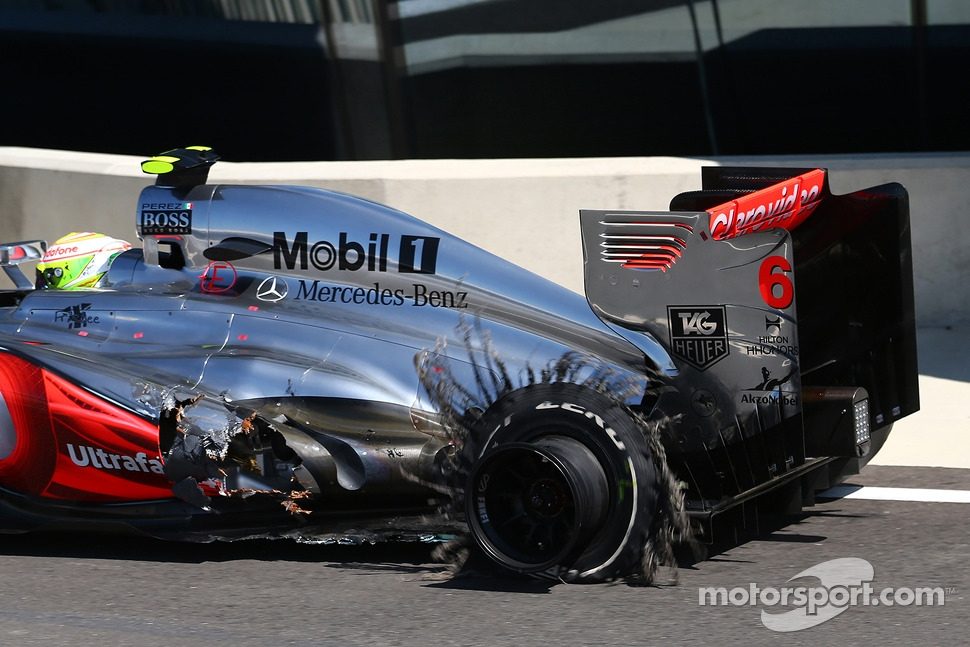I seem to recall reading a report about one of the tracks that features a bridge (Spain, Singapore?), where a 10mm step in the tarmac at the bridge, could cause catastrophic failure, can't remember where I saw it though.. might have been on TV overage.
I'm inclined to believe the curb theory... a 600ish Kilo car, with at least the same force again pushing the front wheels down, being sheared over a 90° step, right against the tyre shoulder, at 150ish mph... that's ALOT of force.
The way I see it:
If Pirelli's designed a bad tyre, that's their fault.
If the FIA don't have the protocols in place to allow Pirelli to sort the problem out that's the FIA's fault.
If drivers put their rubber somewhere it might get damaged, that's their fault
If the FIA doesn't stop the drivers putting their rubber somewhere it shouldn't be, that's the FIA's fault
If Silverstone Circuit has built shoddy curbs, or not maintained them properly, that's their fault
If the FIA has inspected the track and deemed it fir for purpose, it's the FIA's fault
.. basically, there's something everyone can do to minimise the chances of this happening, but at the end of the day, it's the FIA's show, they sanction the event and it's their responsibility to get the rules right, to get the checks right, and to enforce the decisions... It's down to them to pit this right IMHO.





